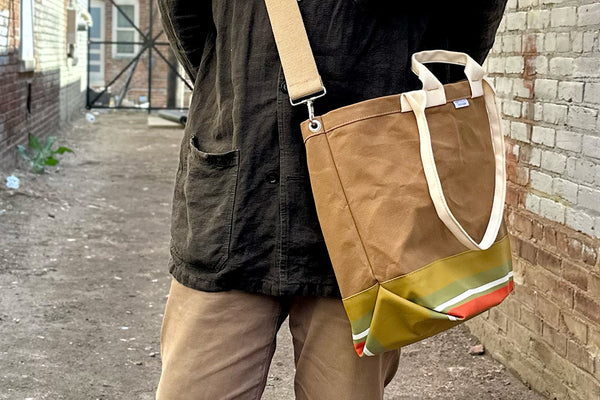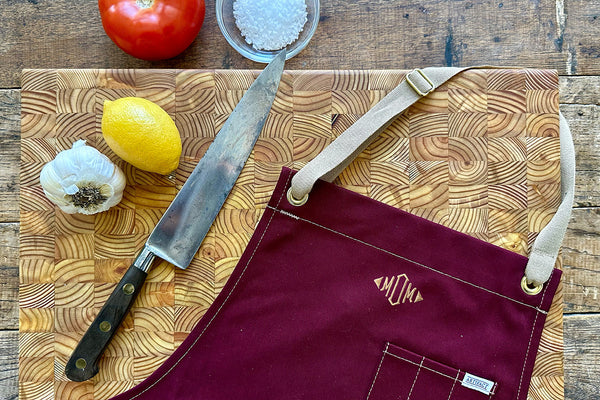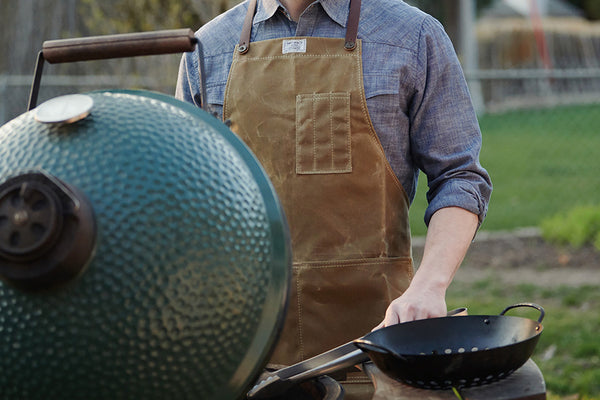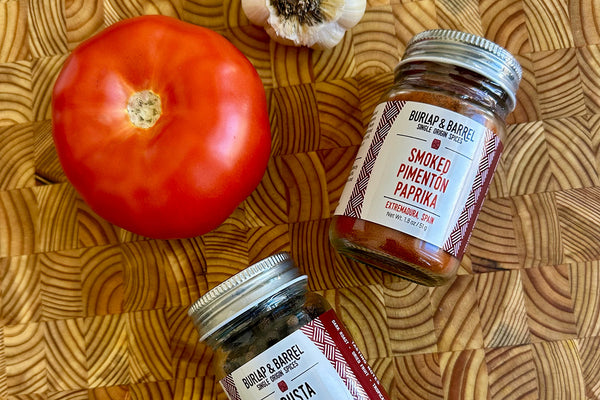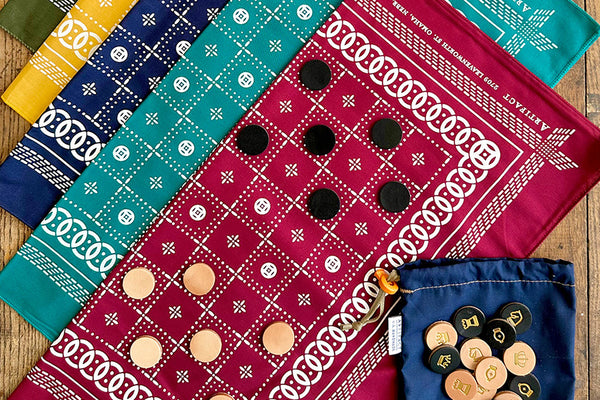The Artifact Blog
Handmade in the AI Age (Part 1): A Human Touch

At ARTIFACT, we spend our days cutting, stitching, riveting, and refining objects that are meant to be used and meant to last. We care deeply about process. About fit and finish. About what it means to put your name behind something.
But lately, I’ve found myself thinking more about why that matters. Why handmade work continues to resonate. Why people still seek it out even as we live in a time that celebrates speed, automation, and the increasingly virtual.
Whether you’re someone who appreciates the craftsmanship behind a well-made bag or bowl—or someone who works with your own hands to shape wood, clay, fiber, metal, or yarn—this question touches all of us.
What Handmade Means Now
We’re entering a new era of creative disruption. Artificial intelligence can now write poems, generate images, compose music, and design products. Some of what it produces is dazzling. Some of it is disquieting—not because it’s crude or imperfect, but because it mimics the appearance of human expression without having lived the experience behind it.
This isn’t a rejection of technology. Like any tool, AI’s impact depends on how we use it. We already rely on digital tools at ARTIFACT—Shopify, Adobe, Klaviyo, Asana, etc. But as the line between simulation and creation continues to blur, it feels more important than ever to ask:
What does it mean to make something by hand in a world where machines can now simulate creativity?
The Handmade as Response
This isn’t the first time the handmade has stepped forward in the face of rapid change. Historically, it tends to do just that.
In 19th-century England, at the height of industrialization, the Arts & Crafts Movement pushed back against the spread of factories and the alienation of mass production. William Morris, a designer, writer, and socialist, argued that beauty, meaning, and dignity should return to everyday labor. His critique of “useless toil” was not just about aesthetics—it was about restoring purpose to work.
In Japan, Soetsu Yanagi responded to the Westernization of his country by elevating everyday folk crafts through the mingei movement. His book The Unknown Craftsman celebrates the anonymity of the maker, the spiritual dimension of useful things, and the imperfect, intuitive beauty of handmade objects.
And in 1970s America, against a backdrop of war, consumer fatigue, and environmental concern, many turned to weaving, pottery, woodworking, and farming—not just to produce things, but to reclaim a sense of control and connection.
Each of these moments asked:
How do we live in this world—and still stay human?
What We Choose to Hold
Today, the question surfaces again. AI-generated content is frictionless. Fast. Scalable. But that very efficiency makes the handmade more precious, not less.
When you hold a well-used apron, a hand-thrown bowl, an up-cycled tote, or a wooden spoon worn smooth over time, you’re holding something more than its form. You’re holding intention. Labor. A quiet resistance to the culture of disposability.
This doesn’t mean abandoning modern tools. It means choosing where to stay rooted. It means seeing craft not just as decoration, but as a way of paying attention. A way of remembering that not everything has to be efficient to be worthwhile.
This series, Handmade in the AI Age, will explore that idea more deeply. We’ll look at the people and philosophies that have shaped craft traditions—William Morris, Soetsu Yanagi, James Krenov. We’ll consider the implications of AI for creative work. And we’ll talk to makers today who continue to build with their hands, shaping things that matter.
Further Reading
If you’d like to explore these ideas further, here are a few books that have shaped my thinking:
The Unknown Craftsman – Soetsu Yanagi
A quiet but profound meditation on Japanese folk craft, beauty, and the spiritual value of utility. This book changed how I view our work at ARTIFACT.
A Cabinetmaker’s Notebook – James Krenov
More than woodworking—it’s a reflection on care, presence, and the satisfaction of honest work.
Shop Class as Soulcraft – Matthew Crawford
Part memoir, part philosophy, this book is a sharp argument for the dignity of manual competence in a hyper-digital world.
Useful Work vs. Useless Toil – William Morris
A short, stirring essay on labor, meaning, and why the work we do matters.
Coming Up Next:
In Part II, we’ll take a closer look at the Arts & Crafts Movement—and how William Morris offered a blueprint for finding beauty and value in everyday work.
Read Part II → Handmade in the AI Age: Useful Work

